Many different professions typically use monitors to display information. In this post, you’ll know a monitor, an input, or an output device.
The monitor is one of the main output devices of the personal computer.
It is designed to be connected to desktop computers, which, unlike the laptops that have recently become popular, are a set of components located separately.
What is an Input and Output Device?
An input device is used to input data or commands into a computer.
Examples of input devices:
- Mouse and keyboard
- Gamepad and joystick
- Digital camera and digital camcorder
- Biometric authentication device
- Touch screen
- Graphics tablet
- Scanner
An output device is used to present information from a computer to the user.
Examples of output devices:
- Monitors and projectors
- Printers and fax machines
- Speakers and headphones
Input Devices
An input device is any hardware device that sends data to the computer. The computer would only be a display device without any input device, not allowing users to interact with it, just like a TV.
Below is a complete list of all input devices you can use on your computer.
- Mouse, touchpad, or another pointing device
- Keyboard
- MIDI keyboard
- Joystick, gamepad, steering wheel, pedals, and Microsoft Kinect
- Microphone (voice recognition, biometric verification)
- Scanner
- Touch screen
- Video capture device
- Barcode reader
- Biometrics (e.g., fingerprint scanner)
- Business Card Reader
- Audio converter
- Digital cameras and camcorders
- Graphics tablet
- Glow gun
- Magnetic Ink
- Magnetic reading strip
- Medical imaging devices (e.g., X-ray, CT, and ultrasound imaging)
- MICR
- Optical Mark Reading (OMR)
- Pen or pen
- Pen card
- Remote devices
- VR helmet and gloves
- Webcam
Output Devices
An output device is any peripheral device that receives or displays a signal (data) from a computer.
Below is a list of all output devices.
- 3D printer
- Printer
- GPS
- Monitor
- Headphones
- Speakers
- Built-in speaker
- Sound card
- Projector
- TV
- Speech generating device (SGD)
- Graphing plotter
- Game joystick, steering wheel
- Video card (GPU)
How Does a Monitor Work as an Output Device?
An image on a monitor screen is made up of individual points called a pixel. These dots on the monitor screen form lines and the entire image is made up of a certain number of such lines.
The total number of pixels that make up an image on a monitor screen is called the monitor’s spatial resolution. To determine this, multiply the number of lines of an image by the number of pixels per line.

The spatial resolution of the monitor can be different: 800 by 600, 1280 by 1024. This means an image on a monitor screen consists of 800 lines containing 600 pixels.
The more small dots in an image, the sharper it will look – this is a high-resolution image. And a low-resolution image is made up of fewer big dots, so it is not sharp.
A pixel is three tiny red, green, and blue dots, but they are so close that our eyes perceive them as one. The pixel takes precisely the color that is the brightest. It is from these three colors that the RGB color model is formed.
Each base color has one of 256 intensity levels in this color model. If you change the brightness of the base colors, you can see how the coloring of the picture changes.
The first color monitors could only use eight colors: black, blue, green, cyan, red, magenta, yellow and white. Each color was encoded by a chain of three zeros and ones, that is, a three-bit binary code.
Modern monitors have a rather big palette where the quantity of colors depends on how many binary bits are taken for the coding of the color of one pixel.
The length of such binary code, which can be used for pixel color coding, is called a color depth.
CRT (Cathode Ray Tube) Monitor
The principle of operation of a CRT monitor is that the beam of electrons emitted by an electrode (electron gun), striking the screen coated with a special composition – a phosphor – causes it to glow. The direction of the beam of electrons is also set by additional electrodes: a deflecting system that allows one to change the direction of the beam and a modulator that regulates the brightness of the image. The electron beam periodically scans the screen, forming sweep lines on it. As the beam travels along the lines, the video signal fed to the modulator changes the brightness of certain pixels, forming some visible image.

In the case of a color CRT monitor, there are not one but three electronic guns with separate control circuits, and the screen surface is covered with phosphor of three main colors: Red (R), Green (G), Blue (B) – (abbreviation “RGB”). Thus, each cannon “shoots” at its target. For this purpose, each monitor has either a shadow mask or a so-called aperture grid. The shadow mask has a system of holes, and the aperture grille has a system of slits.
LCD (Liquid Crystal Display) Monitors
Liquid crystals are mixtures of certain substances in two states simultaneously: liquid and crystalline. As a liquid, it has the property of fluidity. It fills with itself the entire space in which it is placed. As a crystal, it consists of molecules arranged in a specific, clearly structured order.
The liquid crystals used in displays are composed of rod-shaped molecules arranged parallel. At the same time, the molecules are liquid, which means they can “flow”, that is, they can change their orientation in space depending on whether an electrical voltage is applied to them.
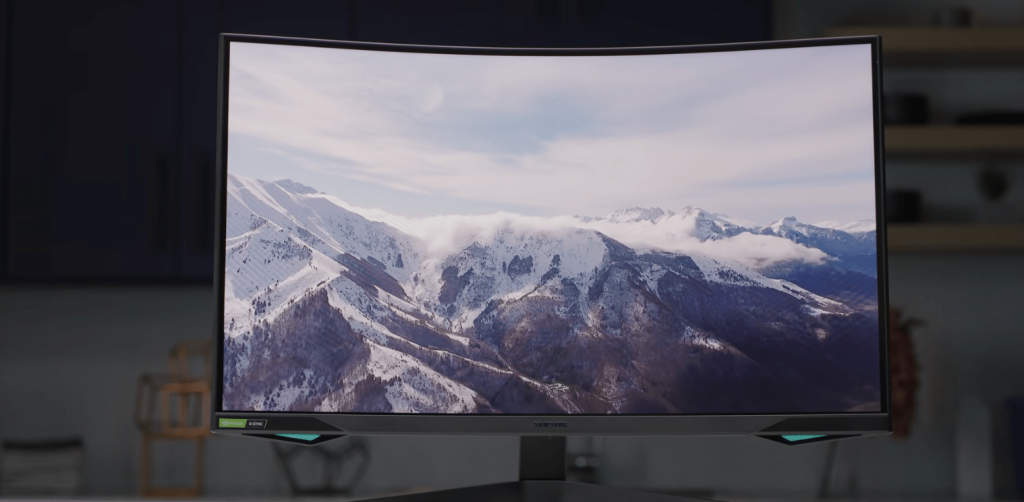
The main structural element of an LCD is the pixel. Each pixel consists of three cells (subpixels). Each sub-pixel cell, in turn, contains liquid crystals arranged in layers so that the molecules within them form a spiral. The spiral structure of the crystals is sandwiched between two electrodes and two-color plates covered by a polarization film. The plates are red in the first cell, green in the second, and blue in the third.
The polarizing film only allows light vibrations of a certain orientation to pass through it. Only vertical fluctuations pass through the first plate. Only horizontal ones pass through the opposite one.
One side of the subpixel is illuminated. The light passes through the first plate (vertical) and acquires a vertical orientation. And then, the following happens: If there is no voltage on the electrodes, the liquid crystals are at rest, forming a spiral. Light passes through it and eventually changes orientation, becomes “horizontal”, and goes out quietly through the second plate. The result is bright red, green, or blue light.
If a certain voltage is applied to the electrodes, the liquid crystals turn to the same position perpendicular to the vertical plate. The light passes through them, remains “vertical”, and rests against the horizontal plate, which does not let it through. The result is dimmer or no light, i.e., black.
Main Characteristics of the Monitor
The device has several characteristics that are worth considering when choosing a monitor: screen diagonal, aspect ratio, LCD resolution, viewing angles, refresh rate, response time, set of interfaces to connect to a PC, and of course, the technology of the LCD matrix.
How Does a Monitor Get Connected as an Output to a PC?
To connect the display to the system unit, you will need a double-sided cable with plugs that fit the two devices’ connectors. Today’s computers are most often equipped with these port options:
- VGA is a rare but common connector on CRT monitors (the oldest analog standard, adopted in 1987). These monitors look like old TV sets – you can sometimes find them in government offices, small companies, libraries, and schools.
- DVI – widespread digital interface for video signals, which since 1999, almost all modern models of liquid crystal monitors of the average price segment and video cards. DVI – DVI connection is the most common today.
- HDMI is an interface for transmitting digital audio and video signals, which has been available since 2002 for monitors with high screen resolution, modern televisions, laptops, and system boxes. Pay attention – there are three types of such connectors – micro, mini and full size.
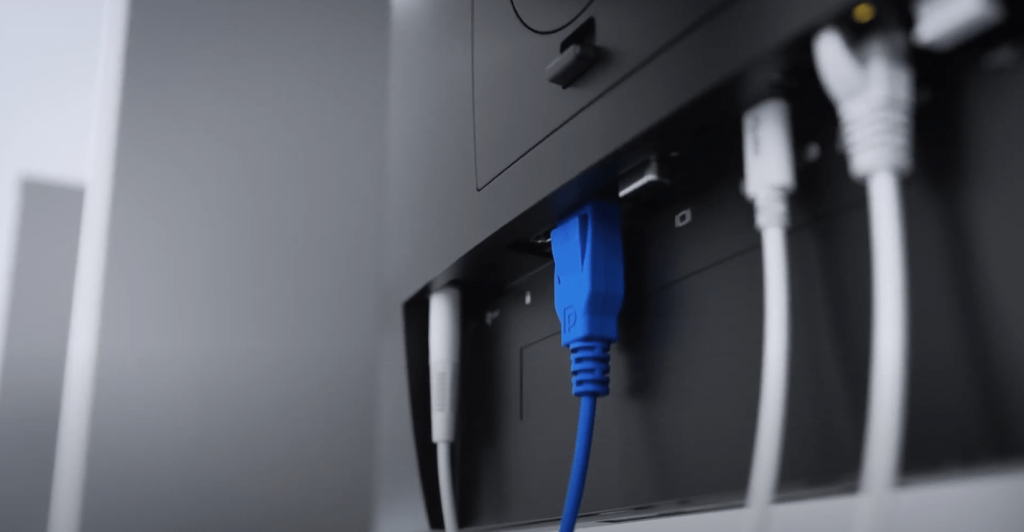
It is more convenient to connect devices when they have the same connectors. But if they are still different, do not worry – there are special adapters on sale.
Output Devices Similar to a Monitor
Graphic output devices similar to a monitor:
- Graph plotter
- Projector
- Printer (dot matrix printer, inkjet printer, and laser printer)
- Video card
Can a Monitor Be Used as an Input Device?
A monitor can be used as an input device if it has a touchscreen. The touchscreen is the input device, and the monitor is the output device.
Final Words
A monitor is an output device. It displays information that has been input by a user. Thanks for reading!

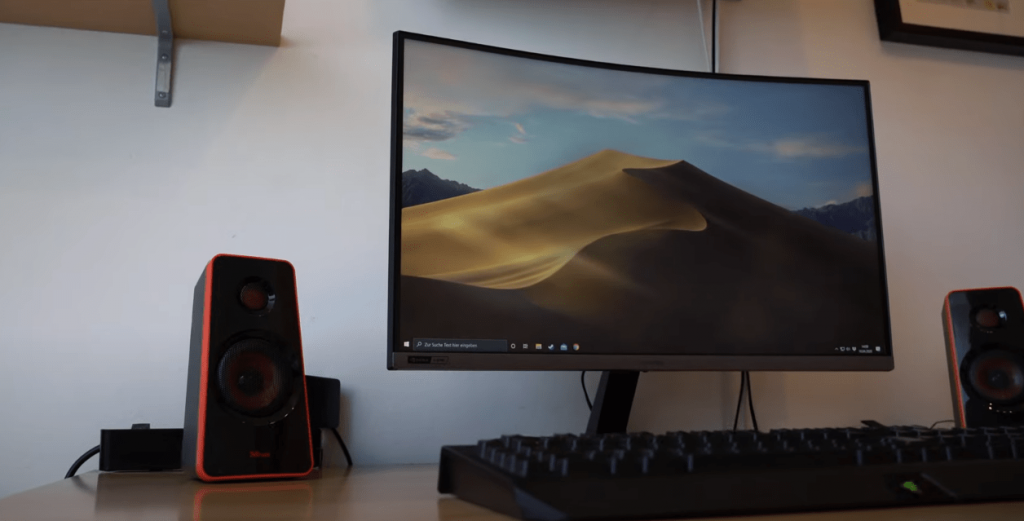
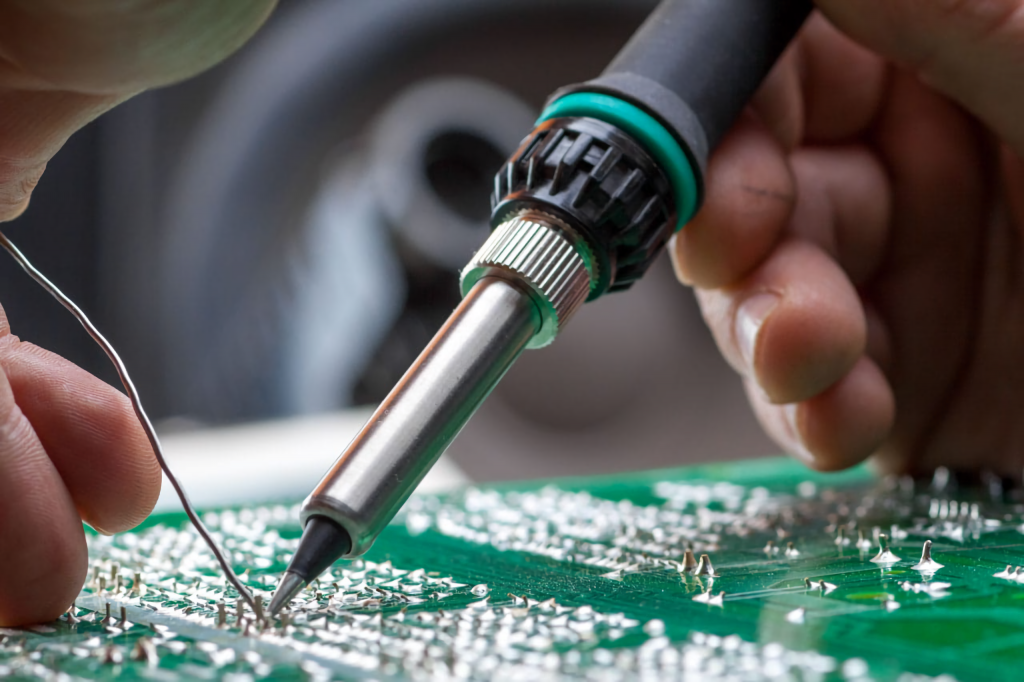

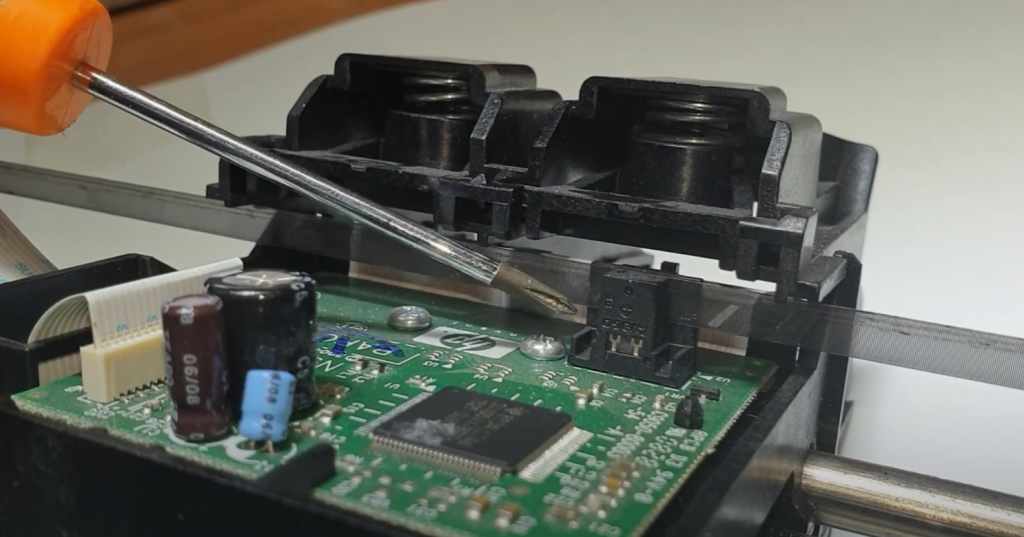
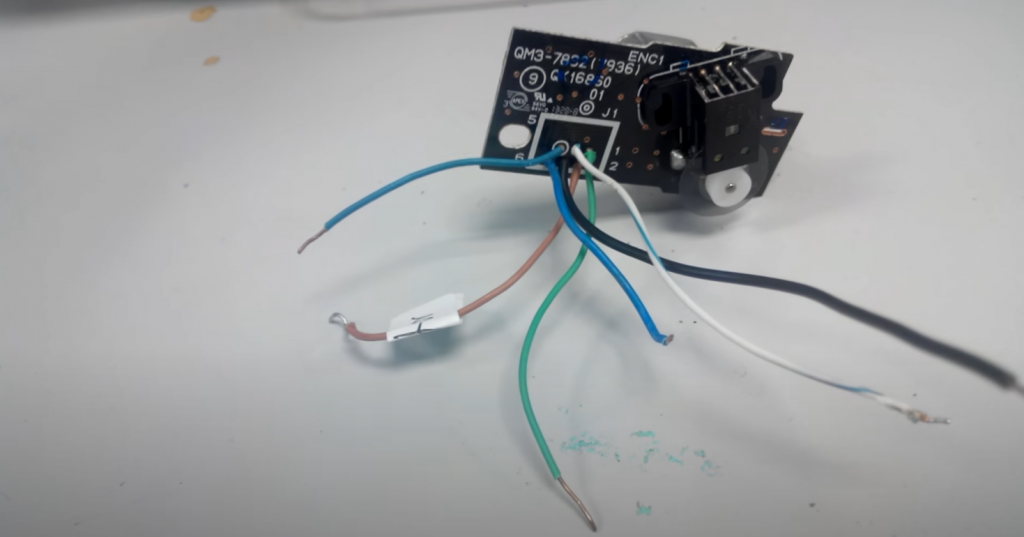

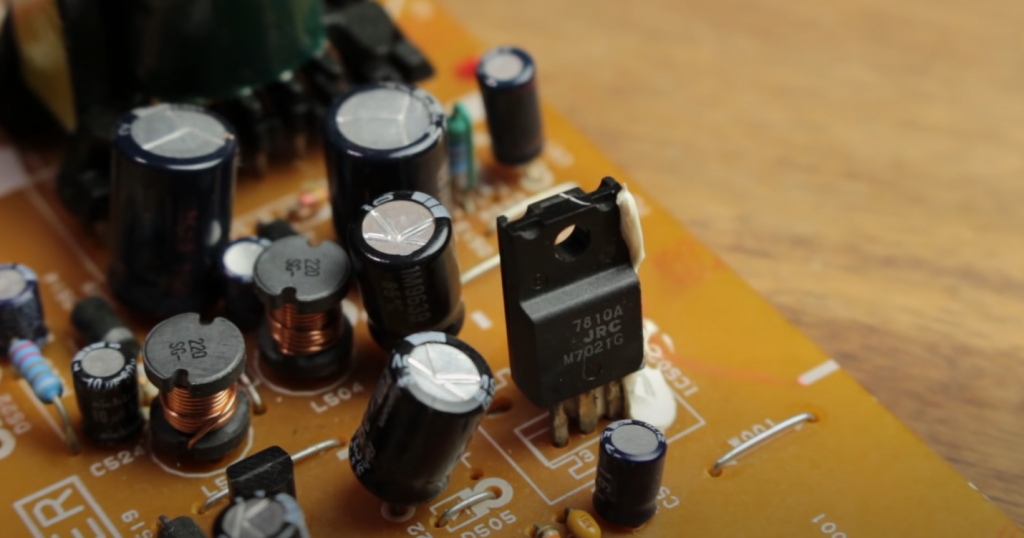
Usually I by no means touch upon blogs however your article is so convincing that I by no means prevent myself to mention some thing approximately it.